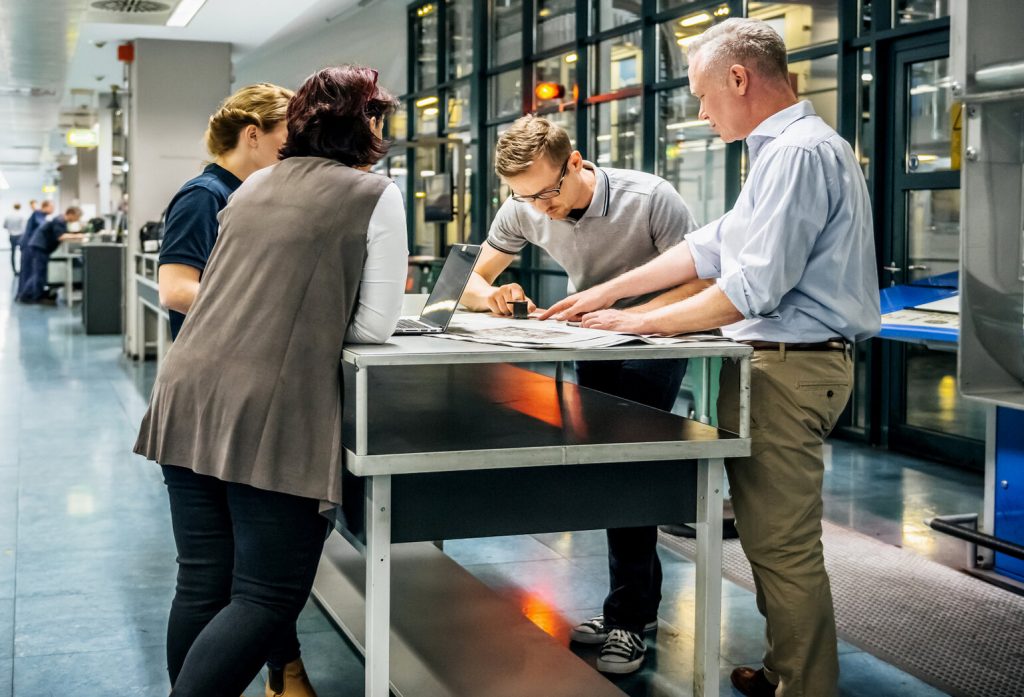From attracting great, young talent to flattening hierarchies and bringing global experts together, technology makes engineering all about the human.
In every organisation there are pockets of expertise and creativity that are rarely, if ever, revealed. This may be because of process or policy. It may be because of silo walls or glass ceilings. It is always related to bureaucracy and is sometimes a result of culture.
One part of the magic of digital technology, says Paul Shepherd-Smith, Operations Director at Atkins APAC, is its ability to break down these barriers, and more.
In doing so, he says, it can bring human creativity and expertise together at an entirely new level. It can enable previously unimagined collaboration capabilities that allow an organisation to overcome challenges, exceed expectations and innovate at pace.
It’s a big claim to make, and Shepherd-Smith says he wouldn’t have quite believed it unless he’d experienced it himself.
“At Atkins, we’re always attempting to surface value by breaking down barriers to sharing throughout the organisation, whether it’s data, design, code or even just good ideas,” he says. “We wanted to expose pockets of brilliance that weren’t being surfaced.”
“Previously, our expertise was unintentionally fragmented and often existed at regional levels. We recognised the need to quit relying on individual networks and became more regionally agnostic. We flattened our peaks and built mountains of knowledge assets in a centrally held location, and we made it available for everyone to use.”
How engineering can be open-sourced
Shepherd-Smith calls this level of transparency and collaboration ‘open source’, borrowing the term used to describe software whose source code is openly shared and therefore constantly improved upon, tinkered with and updated according to market, or organisation-specific, requirements.
Benefits of open source in the engineering space, he says, include:
- Cost savings: Removing repetitive and often menial tasks by creating a repository of best practice, available to use or modify
- Collegial global community: Subject matter experts from around the globe can see and work on common projects, particularly in their own areas of interest
- Scalability: The amount of expertise that can be brought onto a project can be as big as the organisation and its partners/consultants/other stakeholders or as small as a project pair
- Talent attraction: Diversity of work and technological advancement is a highly desirable benefit for young engineers
- Greater innovation: Rather than obsessing over the measurement of man hours, time saved can be dedicated to innovative thinking and experimenting.
It’s not just about collaboration
Collaboration refers to bringing numerous people onto a project to enhance expertise, creativity and innovation. But technology can encourage greater performance by narrowing the focus, too.
Many engineering firms carry out their design locally, in client-facing offices. Technology, however, allows a global design centre to carry out design work for projects across all regions, or to at least manage the heavy lifting, or share expertise.
That way, the global design centre team becomes a thought leader for the organisation, carrying and sharing best-practice experience from around the globe. Local design teams no longer have to work, solve problems and innovate on their own. They now have a strike team ready and able to join their project and share valuable learnings from other builds.
“We’ve begun to introduce what we call ‘design accelerators’ at the start of projects, even before we start bidding, to get the best people in our business in the same virtual room,” Shepherd-Smith says. “This helps us to really get under the skin of a problem and to find out how we have solved that problem, or something similar, somewhere else.”
“We bring the best of this information together, then figure out where our global design centre can support the project. This process also helps us surface case studies where we’ve done something similar and enables us to discuss how we can improve on past processes. And when appropriate, you can bring the client in to this process, to include their advice, experience and feedback. It’s a very powerful process.”
The many benefits of diversity
It’s no secret that diversity is of benefit to any type of project, Shepherd-Smith says.
“It’s a simple truth that you get better outcomes with a diverse range of people in a room,” he says.
Technology supercharges diversity by bringing anybody from anywhere and at any time into a project. However, the benefit goes beyond new ideas and powerful innovations.
The capability for firms to offer people at any level and from any office or territory a say in the project process removes them from the narrow and sometimes mundane nature of their job. In doing so, it offers scope for far greater satisfaction. It humanises engineering, benefiting the client, the organisation and the individuals within that business.
“In the end, it just makes sense,” Shepherd-Smith says. “In the past, you’d have various team members and consultants working with their own details and libraries on various parts of a project. But now we have the technological capability, why would you not get all of that data surfaced, clean it all up, and then deploy it out to the whole of your business? Why would you not do that? As I said, it just makes sense.”
Contact us to discuss how we can help you drive higher value.

